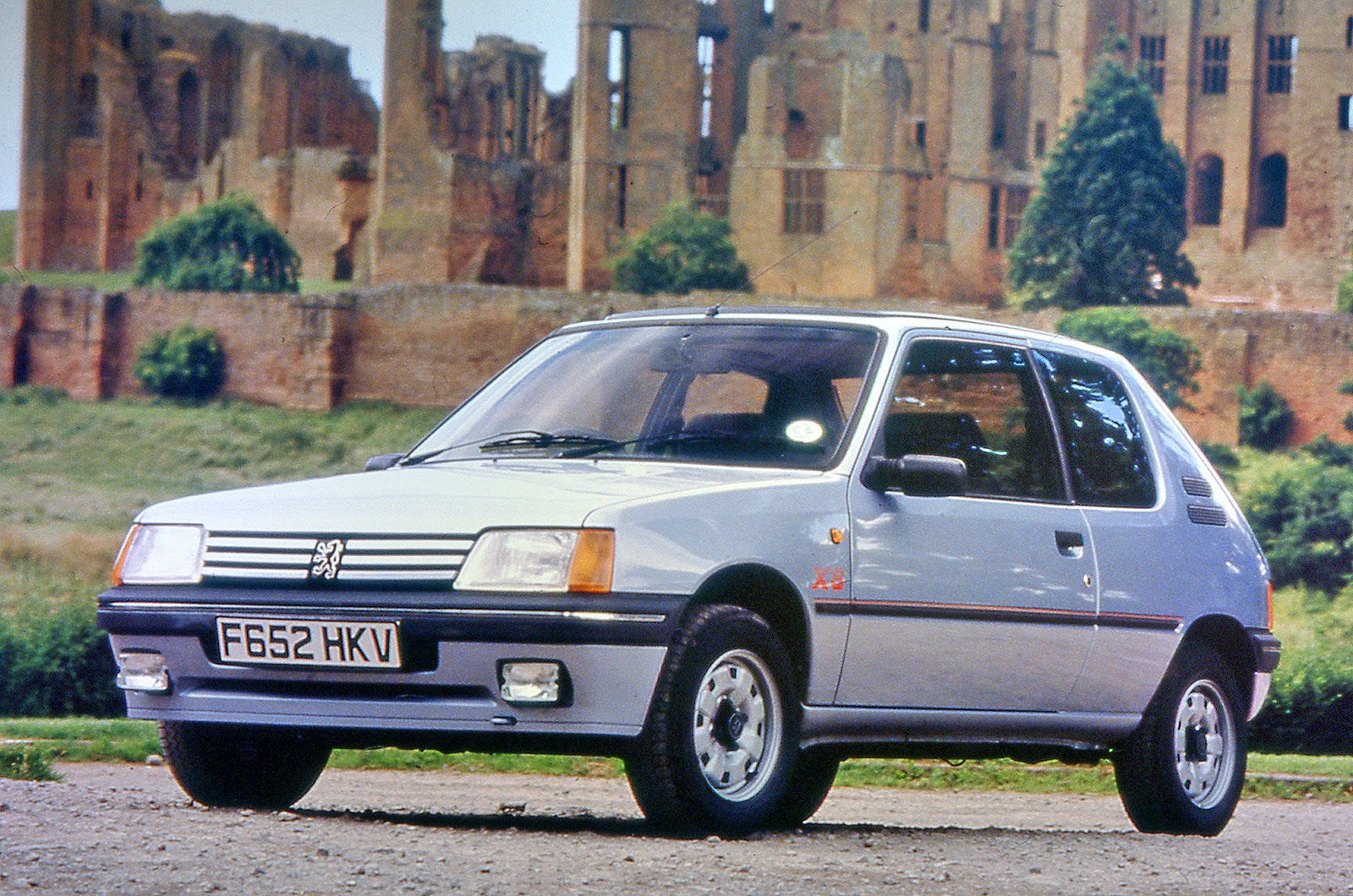The everyday icons of the car world
Slide of ‘Icon’ is a difficult word to define when you’re applying it to cars. The business becomes still more troubling when you add ‘everyday’ in front of it. Still, we’re in an ambitious mood, so we’re prepared to give it a go. Here, then, are some examples of what we’d describe as everyday icons – cars which might not have been the best, but which certainly had mass appeal for one reason or another. We’ve picked one from each of 50 manufacturers, and listed them in alphabetical order. And yes, we’re aware that other cars could qualify, including perhaps your own favourite. Let's take a look: Slide of Alfa Romeo Alfasud The Alfasud was so called because it was built in Naples in the south (sud) of Italy, rather than anywhere near Alfa Romeo’s headquarters more than 500 miles north in Turin. Unlike anything else Alfa was building when it revealed the car in 1971, the Sud was a compact front-wheel drive model whose flat-four engine kept its centre of gravity usefully low. On sale for more than a decade, the Alfasud quickly developed a reputation for rusting away to nothing. More favourably, it was cheaper than anything else in the Alfa Romeo range, and was celebrated for its excellent handling. Slide of Alpine A110 Alpine’s first two Renault-based sports cars, the A106 and A108, were little known outside France, and to begin with this was also true of the third, the A110. That began to change when Alpine fitted a larger and more powerful engine (first seen in the Renault 16 hatchback), which led to the A110 becoming the most successful rally car in the world. It completely dominated the 1973 World Rally Championship, bringing the previously almost unknown brand to global prominence, and became Alpine’s most famous car of the 20th century. Today’s A110, which is mechanically completely different but retains the basic styling, is a fitting tribute to it. Slide of Audi A3 After the short-lived experiment of the 1970s 50, which was almost exactly the same thing as the first-generation Volkswagen Polo, Audi concentrated on design and building larger cars until 1996, when it introduced the A3. As all later A3s would be, it was a close relative of the contemporary VW Golf, but priced higher to match the extra prestige of the Audi brand. The third-generation model was one of the first cars, and certainly the first Audi, to be based on the VW Group’s very successful MQB platform family. Like its two predecessors and the current version, it was one of the quiet stars in the Audi line-up, with classy looks that are standing the test of time (especially that of the saloon, pictured), together with a sumptuous interior that does the very same – resulting in big sales. Slide of Austin Seven It’s no longer as famous as it perhaps should be (despite a very strong following in classic car circles), but the Austin Seven deserves a great deal of credit for being both the UK equivalent of the Ford Model T and the spiritual predecessor of the Mini. Produced for most of the 1920s and 1930s, it was cheap and simple, but at the same time it was a ‘real’ car, unlike the awkward little cyclecars which it helped doom to extinction. Austin spent a great deal of money on, and received a great deal of publicity from, a series of phenomenally fast racing and record-breaking derivatives, but the Seven would still have been an icon without that sort of help. Slide of Austin Healy Sprite The Sprite was the only car produced by Austin-Healey which is not referred to as one of the Big Healeys. From the second generation onwards, it had a companion model in the form of the MG Midget, but the original car stood alone. Although it was produced only from 1958 to 1961, it was immediately popular due to its combination of low price and nimble handling, for which it remains famous. That fame is enhanced by its unusual appearance, which led to it being affectionately nicknamed Frogeye in the UK and Bugeye in the US. Despite its other qualities, it might not have been quite as popular if it had looked more conventional. Slide of Bentley 3-Litre The first Bentley, named prosaically after the capacity of its engine, was effective rather than subtle. Favoured by dashing young chaps, it performed oustandingly well despite its size and lack of aerodynamic efficiency, winning the Le Mans 24 Hour race in both 1924 and 1927. The word ‘everyday’ might not seem suitable for this or any other Bentley, but it was less expensive than the cars which followed it. This became a serious problem when the Great Depression engulfed the world, and led to Bentley having to be saved from collapse by Rolls-Royce in 1931. Slide of BMC Mini There is simply no argument that the Mini was the most celebrated product devised by the British Motor Corporation. It first appeared in 1959, and was so popular (among an admittedly diminishing fan base) that it was still wo

This is another headline indexed and brought to you by the AUTOMUNDO website.
